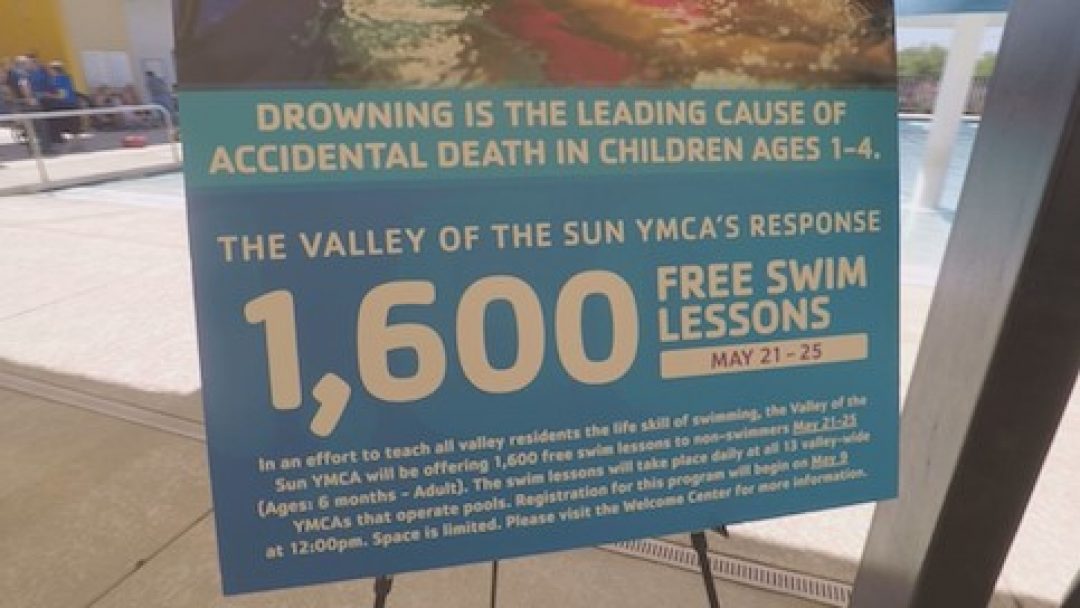Do you know how to reduce your risk of drowning? Do your children? The CDC recommends swimming lessons for everyone. This is the number one way to reduce accidental death by drowning. Learning CPR and wearing appropriate flotation devices also significantly reduce drowning deaths. CPR not only reduces the risk of death, but also the risk of significant harm. The longer a person is without oxygen, the more severe the brain damage. These injuries are not counted in the death count, but significantly reduce the quality of life for the survivor.
Children should never swim without adult supervision. Sadly, many children die with adults nearby. Whenever children are in the water, a designated adult should have his/her full attention on the children in the water. This means the swimmers are the sole focus of attention – He/she should not be engaged in conversation, cooking, or any other activity that pulls attention from the water. Even when lifeguards are on duty, a designated supervisor is still recommended to have eyes only for the children in their party.
As children grow older, the setting surrounding drowning deaths changes. For children 0-4 years of age, swimming pools are the most likely spot to drown, but bath tubs and natural bodies of water are also extremely dangerous. The number of deaths by drowning decreases as children age. Fewer deaths occur in pools, while natural water accounts for more deaths each year of life. Teen agers are most likely to drown while performing stunts like diving into swimming holes where unseen rocks lurk below the surface.
Hollywood has done a disservice in their dramatization of drowning. People who are drowning are not going to be clawing at the water and screaming. They will be vertical in the water and not using their legs, or trying to roll over on their back in a futile attempt to swim. They may look like they’re attempting to climb a ladder. People who are drowning may be gasping or hyperventilating. If you see someone with the mouth at water level, or the head tilted back with the mouth open, the person is drowning. Glassy, empty, unfocused eyes and hair hanging over the eyes are also indicative of a swimmer in distress.
Drowning can happen at any age. As adults age, they lose confidence as swimmers. This is especially true of women. Adults can keep their skills strong by continuing to swim regularly and by taking refresher water safety classes. This will also equip them to help other swimmers in need.
According to the CDC, ten people die from unintentional drowning every day. Two of the ten are children. The YMCA is jumping in to reduce this statistic. Locals Ys around the country are offering free swimming lessons for a specific week, or to those who qualify for a scholarship. The YMCA is committed to reducing drowning deaths, specifically in Latino and African-American children who drown at higher rates than Caucasian children. 60% of Caucasian children know how to swim, as compared to 30% of African American children and 40% of Latino children. During the week of May 21-May 25, the Valley of the Sun YMCA will give free swimming lessons to anyone older than 6 months who wants to learn how to swim. Visit your local YMCA to sign up.
Before putting on your swim suit this summer, make sure your water safety skills are up to par. You never know when you may be the one to save a life.








